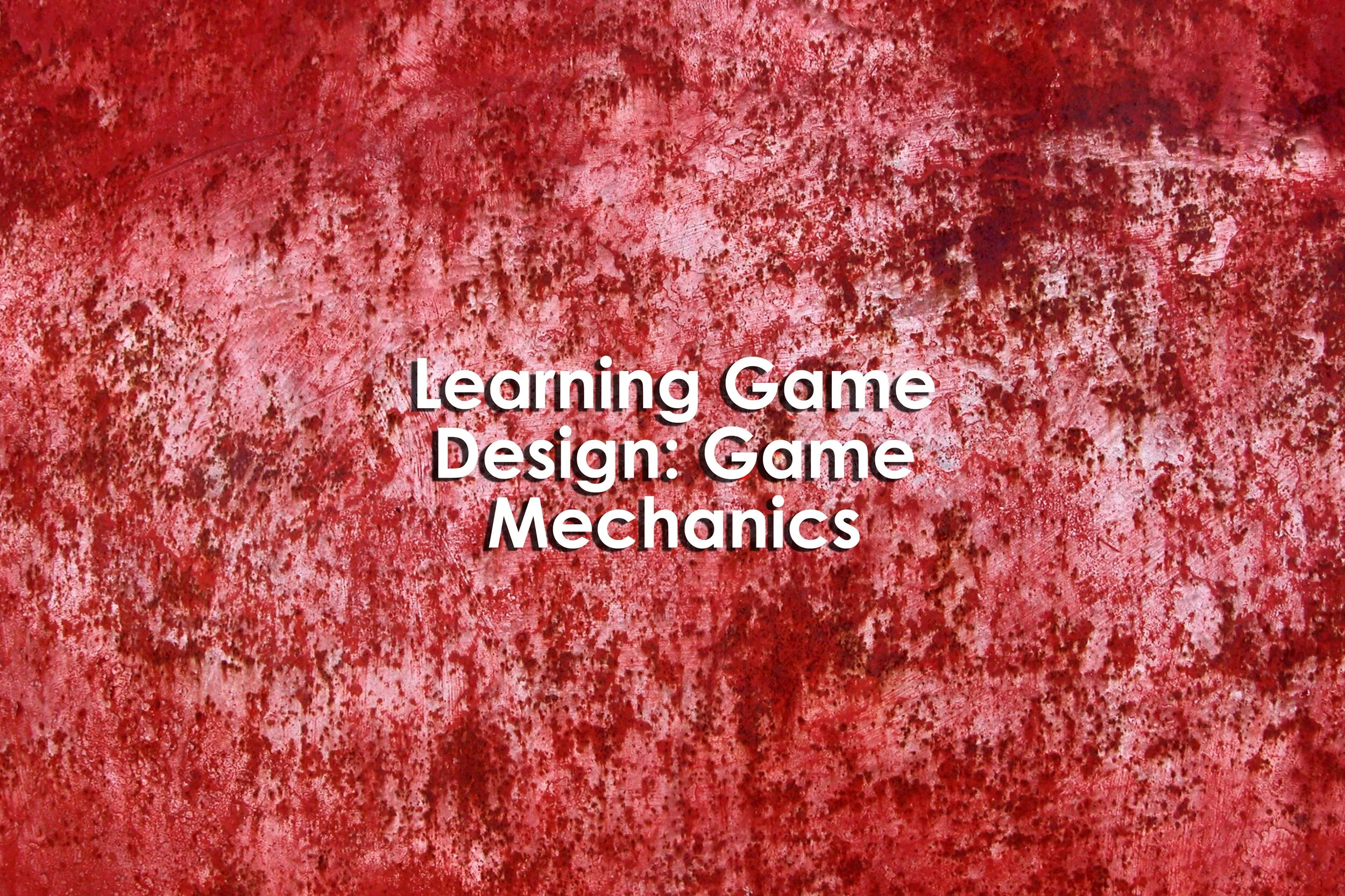Learning Game Design: Game Mechanics
Learning Game Design: Game Mechanics
Learning Game Design: Game Mechanics
By Sharon Boller
July 17, 2013
Summary
Learning Game Design: Game Mechanics
In my last post, I talked about getting familiar with game elements. Specifically, I focused on game goals and game dynamics. Now we're going to shift our focus to game mechanics.
Examples of mechanics or rules that games follow
The mechanics listed below are all from digital games I've helped develop—they are coded into the game.
Game mechanics and fun
Game mechanics can also make gameplay more, or less, fun. Don't assume you can define the mechanics at the start of your game design journey and then never touch them again. It’s critical to test and tweak game mechanics. You may think a game mechanic will be great, only to find out via play-testing that it is hindering the players’ perception of your game’s “fun factor.” Or worse, actually hindering the learning experience.
You want your game mechanics to be clear, enhance the game play experience, support your game goal, and contribute to the learning experience. They are not an afterthought.
Reference
Boller, S. (2013, July 06). Learning Game Design: Game Mechanics. Retrieved October 28, 2020, from http://www.theknowledgeguru.com/learning-game-design-mechanics/


